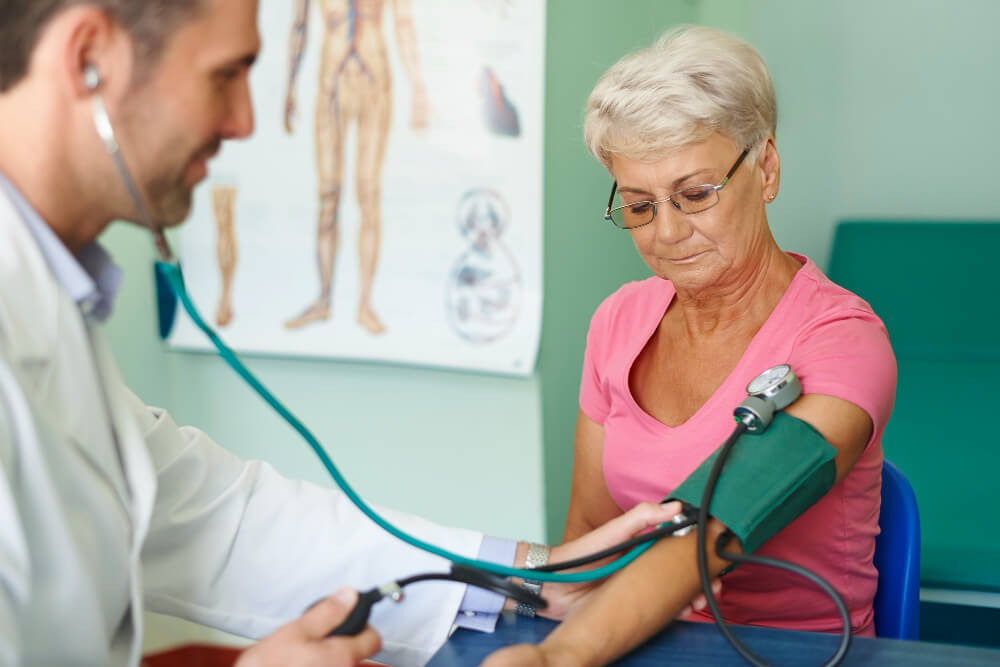Stroke: Recognizing the Warning Signs and Navigating the Road to Recovery
A stroke, often described as a “brain attack,” occurs when blood flow to the brain is suddenly interrupted. This disrupts critical oxygen and nutrient delivery, causing brain cells to die and potentially leading to lasting damage. Stroke represents a medical emergency, demanding immediate attention to minimize tissue loss and maximize recovery potential. Recognizing the warning signs and understanding treatment options is crucial for both individuals and their loved ones.
Demystifying the Stroke Landscape:
There are two main types of stroke:
- Ischemic stroke: Caused by a blocked blood vessel, accounting for roughly 85% of cases. Clots can form within blood vessels (thrombotic stroke) or travel from elsewhere in the body (embolic stroke).
- Hemorrhagic stroke: Occurs when a weakened blood vessel ruptures and bleeds into the brain, comprising about 15% of cases.
Recognizing the Stroke Siren: Unveiling the Warning Signs:
Time is of the essence in stroke. Recognizing the early warning signs and acting swiftly can significantly improve outcomes. Look out for these “FAST” symptoms:
- Face drooping: Does one side of the face appear to droop or numb? Ask the person to smile, and watch for one side lagging behind.
- Arm weakness: Can the person raise both arms equally? Look for weakness or lack of movement in one arm.
- Speech difficulty: Is the person’s speech slurred or garbled? Can they form coherent sentences?
- Time to call: Don’t hesitate! If you observe any of these symptoms, call emergency services immediately. Minutes saved can translate into brain cells preserved.
Navigating the Treatment Terrain:
Stroke treatment hinges on its type and severity. Early intervention focuses on:
- Restoring blood flow: In ischemic strokes, medications like tissue plasminogen activator (tPA) can dissolve clots, while minimally invasive procedures like endovascular thrombectomy may remove them mechanically. For hemorrhagic strokes, controlling bleeding and reducing pressure on the brain takes priority.
- Minimizing damage: Neuroprotective medications may help protect brain cells from further injury.
- Managing complications: Managing secondary issues like high blood pressure, infection, and blood clots becomes crucial.
Beyond the Acute Phase: Embracing the Road to Recovery:
Stroke recovery is a personalized journey, with timelines and outcomes varying for each individual. Rehabilitation plays a critical role, encompassing:
- Physical therapy: Regaining lost mobility, strength, and coordination through targeted exercises.
- Occupational therapy: Relearning daily living skills like dressing, bathing, and cooking.
- Speech therapy: Addressing communication difficulties like aphasia.
- Cognitive therapy: Retraining cognitive abilities such as memory, attention, and problem-solving.
- Psychological support: Coping with the emotional and psychological impact of stroke is crucial. Individual or group therapy can provide invaluable support and guidance.
Your Partner in Navigating the Stroke Journey: The Role of Primary Care:
While emergency care plays a vital role in the initial stroke response, primary care physicians become critical partners in the long-term journey. They can:
- Manage risk factors: Controlling blood pressure, cholesterol, and blood sugar levels are crucial for preventing future strokes. Your primary care doctor can monitor these factors and prescribe appropriate medications.
- Promote healthy lifestyle changes: Exercise, nutrition, and stress management contribute significantly to stroke prevention and recovery. Your doctor can provide guidance and support in adopting these healthy habits.
- Coordinate care: Primary care physicians often act as the hub, coordinating referrals to specialists, managing medications, and ensuring continuity of care throughout the recovery process.
Living Beyond the Stroke: Embracing Hope and Resilience:
A stroke, while undoubtedly life-altering, doesn’t dictate your future. With prompt treatment, dedicated rehabilitation, and ongoing support, many individuals regain significant function and lead fulfilling lives. Remember:
- Hope is essential: Maintaining a positive outlook and focusing on progress fuel the long-term recovery journey.
- Support is key: Lean on your family, friends, and healthcare team for emotional and practical assistance.
- Education is empowering: Knowledge about stroke, its potential effects, and recovery strategies empowers you to actively participate in your journey.
- Community matters: Connecting with stroke survivors and support groups can provide invaluable camaraderie and understanding.


